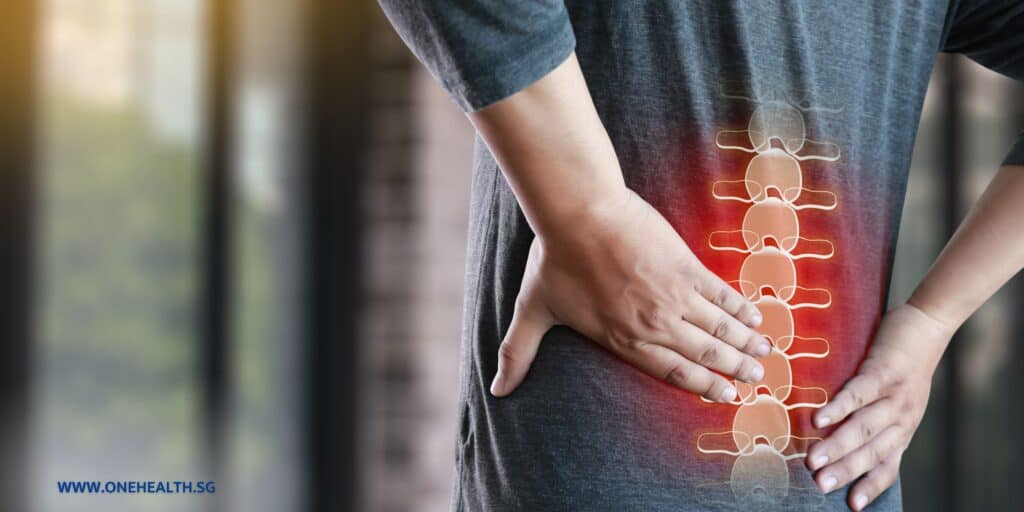Lower back pain is a common ailment that affects millions of people worldwide. It can be caused by a variety of factors, including poor posture, injuries, and medical conditions. If left untreated, lower back pain can cause significant discomfort and even affect your ability to perform daily activities. In this article, we will explore the causes, symptoms, and treatment options for lower back pain.
Causes of Lower Back Pain
The causes of lower back pain can vary, but some of the most common include:
- Poor Posture: Poor posture can lead to muscle imbalances and strain on the lower back muscles, resulting in pain and discomfort.
- Injuries: Injuries to the lower back, such as sprains, strains, and fractures, can also cause lower back pain.
- Medical Conditions: Medical conditions, such as herniated discs, spinal stenosis, and degenerative disc disease, can cause lower back pain.
- Sedentary Lifestyle: A sedentary lifestyle can lead to weakened muscles, including those in the lower back, which can cause pain and discomfort.
Symptoms of Lower Back Pain

Lower back pain can manifest in a variety of ways. The symptoms can range from mild discomfort to severe pain. Some of the common symptoms of lower back pain include:
- Dull Ache: A dull ache in the lower back is a common symptom of lower back pain. It can be constant or intermittent and can range from mild to severe.
- Muscle Spasms: Muscle spasms in the lower back can cause significant pain and discomfort. They can be caused by poor posture, injury, or medical conditions.
- Limited Mobility: Lower back pain can limit your mobility, making it difficult to perform daily activities, such as bending over, standing up, or walking.
- Tingling or Numbness: Tingling or numbness in the lower back, legs, or feet can be a sign of nerve damage and should be evaluated by a healthcare professional.
Treatment Options for Lower Back Pain
The treatment options for lower back pain will depend on the underlying cause of the pain. Some of the common treatment options include:
- Physical Therapy: Physical therapy can help strengthen the muscles in the lower back and improve posture, reducing the risk of further injury and pain.
- Pain Medications: Over-the-counter or prescription pain medications can help manage pain and discomfort.
- Hot or Cold Therapy: Applying heat or cold to the lower back can help reduce inflammation and alleviate pain.
- Surgery: In severe cases, surgery may be necessary to alleviate lower back pain. This option is typically reserved for cases where other treatments have been unsuccessful.
Preventing Lower Back Pain
Preventing lower back pain is possible by making some lifestyle changes. Here are some tips to help prevent lower back pain:
- Maintain Good Posture: Maintaining good posture can help prevent lower back pain by reducing strain on the lower back muscles.
- Exercise Regularly: Regular exercise can help strengthen the muscles in the lower back, reducing the risk of injury and pain.
- Lift Properly: When lifting heavy objects, it is essential to lift with your legs and not your back to prevent injury.
- Stretch Before Exercise: Stretching before exercise can help warm up the muscles, reducing the risk of injury.
In conclusion, lower back pain is a common ailment that can affect anyone, regardless of age or gender. Understanding the causes, symptoms, and treatment options for lower back pain can help you manage the pain and prevent further injury. If you are experiencing lower back pain, it is essential to speak with a healthcare professional to determine the underlying cause and develop a treatment plan that works best for you.

